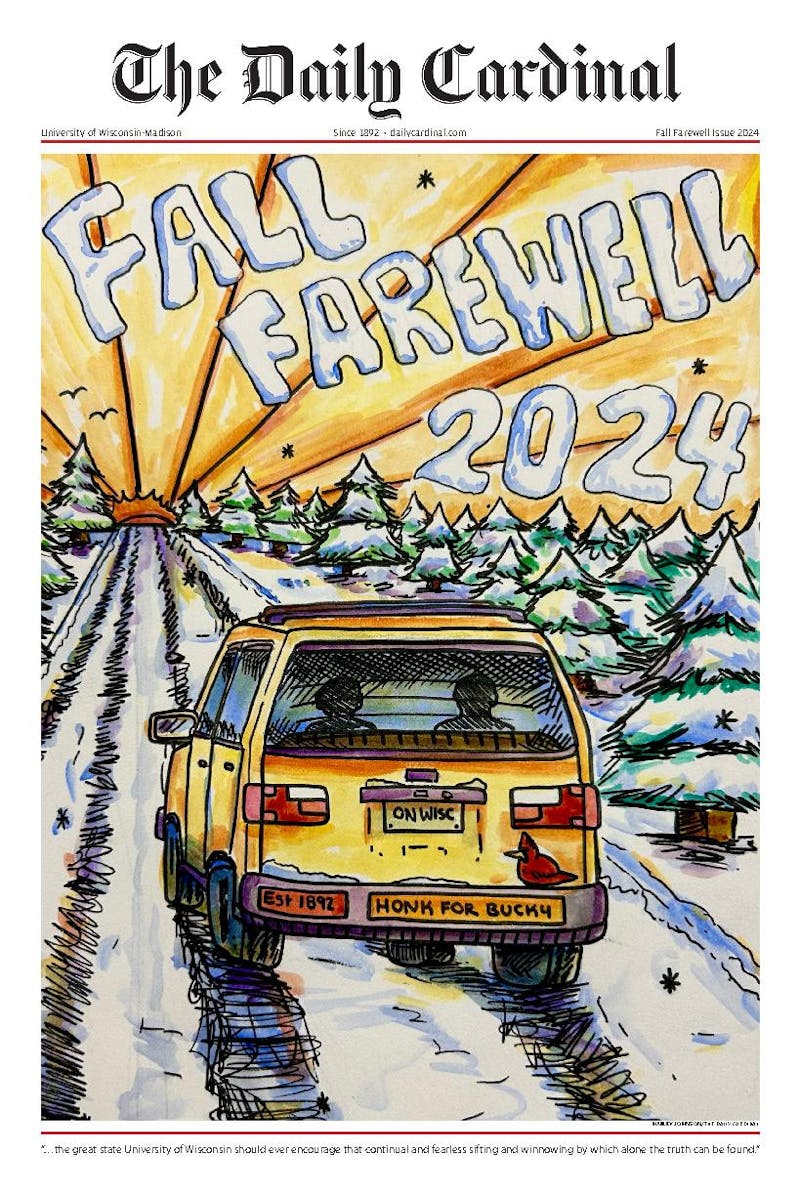Americans are overweight. It’s a simple truth we’ve heard countless times. More than one in three American adults are obese. And nearly one in five American children are obese. But what is to be done about it? First Lady Michelle Obama has championed exercise and healthy eating habits as integral components of the school day for every American child.
Similarly, Mayor Michael Bloomberg’s ban on sugary drinks larger than 16 ounces in New York City was supposed to take effect today, but beverage makers and movie theaters filed a lawsuit, arguing that the New York City Board of Health can’t unilaterally implement the soda ban. Yesterday, the New York State Supreme Court ruled that the ban was “arbitrary and capricious.” For instance, gas stations like 7-Eleven can still sell sodas over 16 ounces because New York City doesn’t regulate the sale of food at gas stations. And coffee drinks are also exempt from the ban despite high levels of sugar because they contain milk. Moreover, the court ruled the ban would be ineffective at restaurants because consumers could simply refill sodas that are 16 ounces or smaller. To me, the court’s legal argument makes sense: it’s unfair to regulate some establishments and not others. But the ban also makes sense.
Big problems call for innovative solutions, and the ban is just that. Mayor Bloomberg’s soda ban takes an important step in combating obesity, which has reached epidemic levels in the United States. Critics, to be sure, will assert that the soda ban infringes on New Yorkers’ civil liberties, and claim that Big Brother is telling New Yorkers what to drink. But the soda ban simply says that certain stores cannot sell any sugary drink over 16 ounces; it doesn’t say that you can’t buy two or ten 16 ounce sodas. If you want to buy multiple sodas, fine, do it—more power to you! The point of the ban is that you’re probably not going to buy two 16 ounce sodas at once because, well, you’ll realize that it’s not a healthy choice.
Over the past few decades a pernicious trend has emerged in the American diet: not just less healthy food, but also more food. It’s no coincidence that chronic obesity has reached epidemic proportions ,as food production has been industrialized to maximize quantity, not quality.
Of course, obesity has its roots in the foods that Americans choose to eat, too. And the soda ban helps New Yorkers realize that they’re making the wrong choice when they buy massive sodas, but it doesn’t keep them from making the wrong choice. Similarly, under the Affordable Care Act—President Barack Obama’s signature piece of legislation—restaurants with 20 or more locations will have to post the calories of every item on their menu starting next year. A large part of Americans’ poor eating habits stems from the fact that we don’t even realize exactly how bad the food we’re eating is for us. When the calorie count of what you’re ordering is staring back at you, though, you’re forced to realize what you’re doing to yourself.
The truth is, the way Americans are choosing to eat has costs—high costs, in fact. Countless Americans suffer from obesity-related diseases such as heart disease and diabetes, and have shorter life spans as a result. How does this affect us nationally? America spends $190 billion annually on treating those diseases. New York City’s ban on large sodas may be grounded in faulty legal reasoning, but we have to do something about the way we eat.
What do you think of the obesity epidemic? Please send all feedback to opinion@dailycardinal.com.





